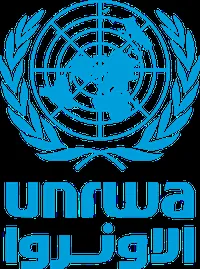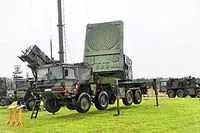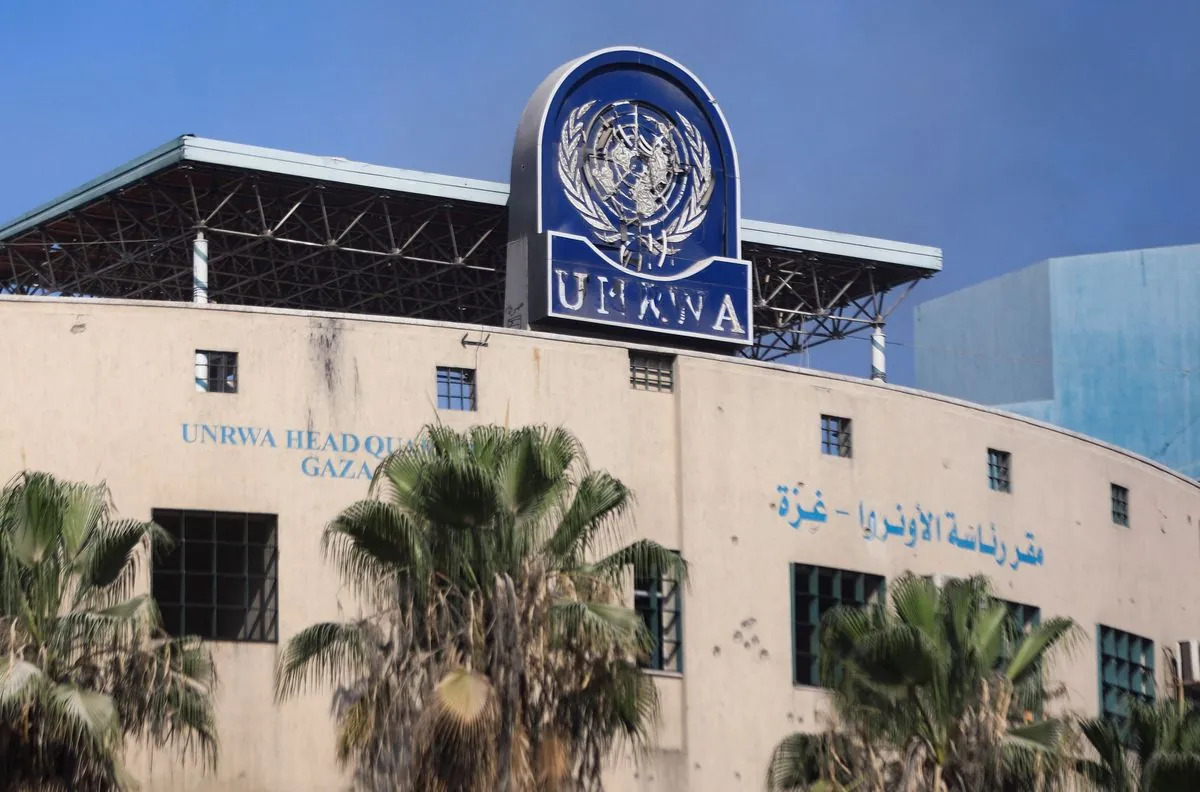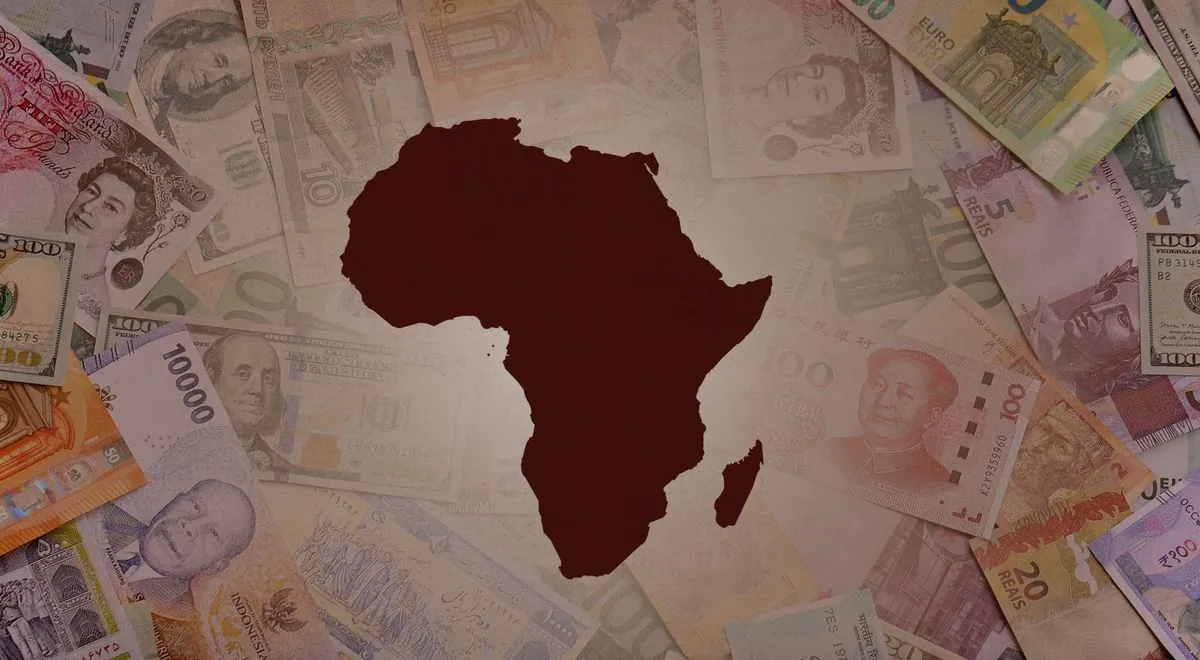Gaza's Humanitarian Zone: Overcrowding and Scarcity Intensify Amid Evacuations
Rapid evacuations in Gaza have led to severe overcrowding and resource scarcity in the "humanitarian zone". Displaced Palestinians face food and water shortages as aid organizations struggle to meet growing needs.
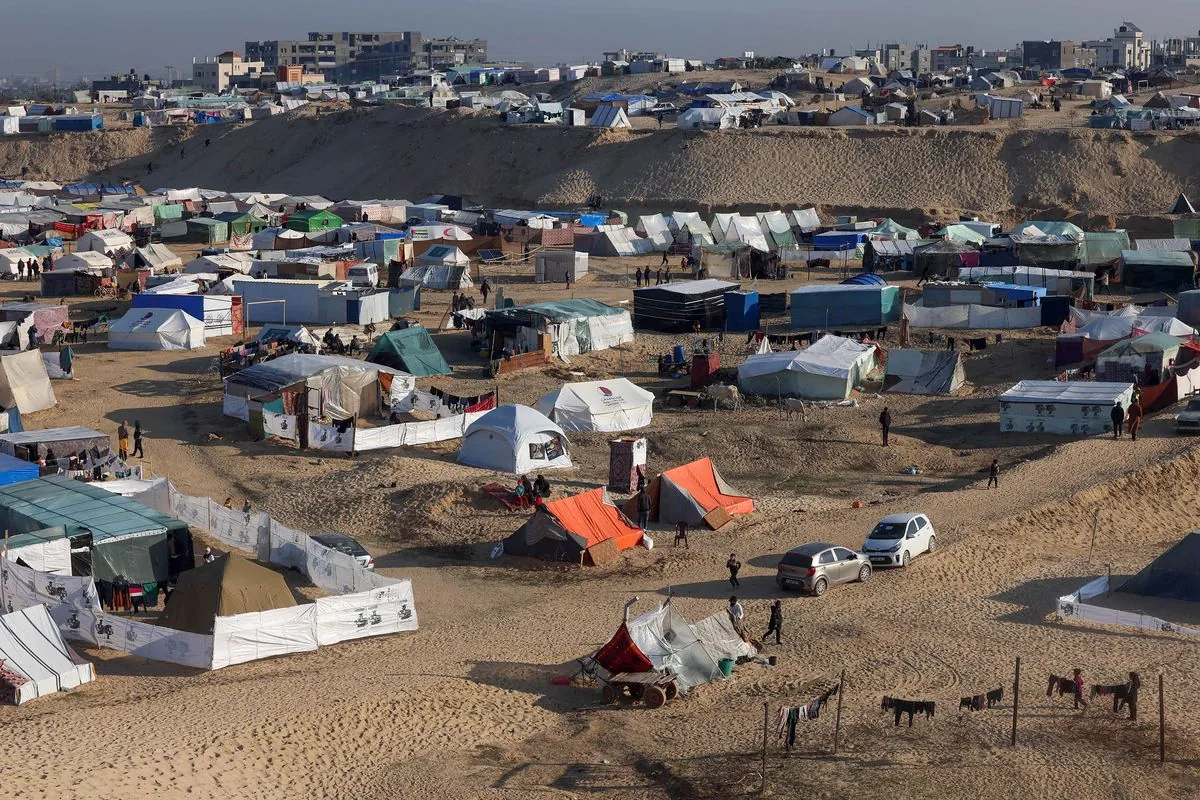
In the Gaza Strip, a region known as one of the world's most densely populated areas, the situation has reached a critical point. The "humanitarian zone" along the Deir al-Balah beachfront, initially intended as a safe haven, has become a scene of desperation and scarcity.
As of August 24, 2024, the Israeli military has issued 13 evacuation orders since July 22, dramatically reducing the size of the designated safe area while simultaneously pushing more Palestinians into it. The United Nations estimates that 90% of Gaza's 2.1 million residents have been displaced during the ongoing conflict, with 84% of the territory now falling within evacuation zones.
The impact of these evacuations is starkly visible. Satellite imagery from August 19 reveals a dramatic increase in the density of tent camps along the coast compared to just a month earlier. Muhammad Al-Qayed, a displaced resident from Gaza City, expressed concern about the food situation: "The food that reaches us from the charity is sufficient for the people in our camp. Where do the people who were recently displaced get food from?"
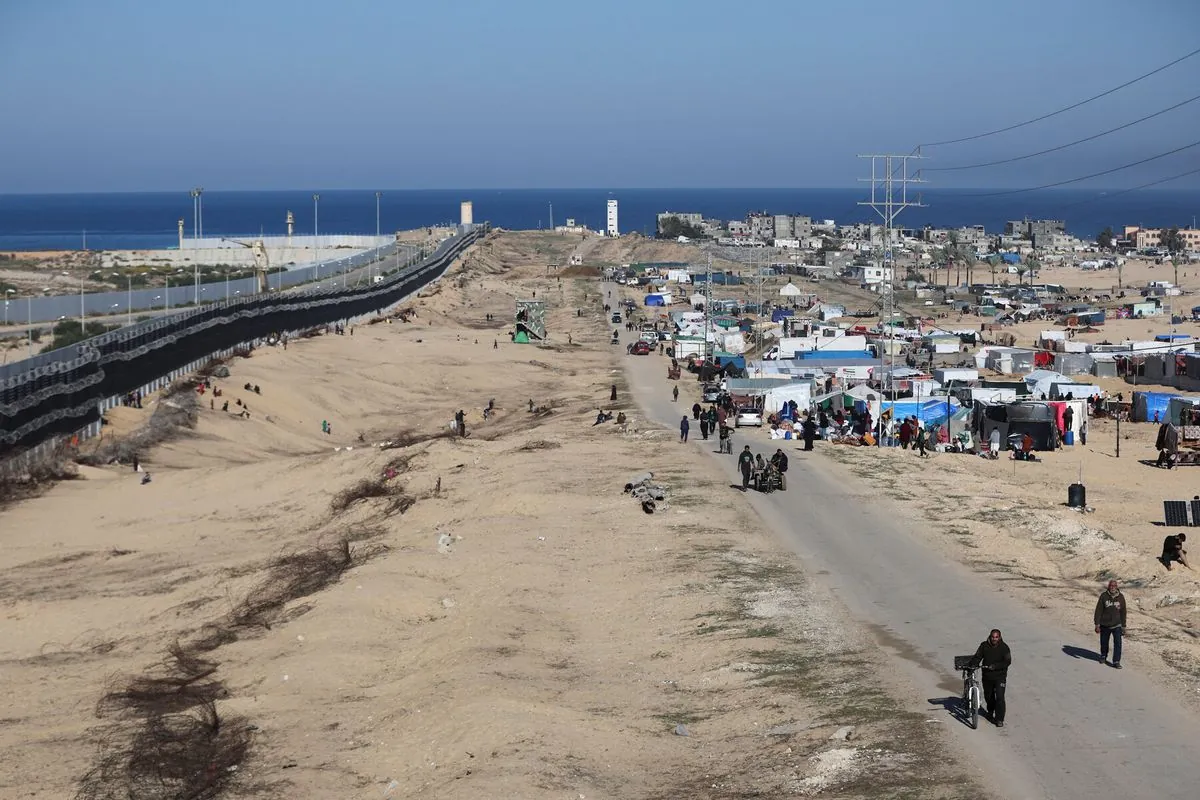
The scarcity extends beyond food. Gaza's water supply, primarily sourced from the severely depleted and contaminated Coastal Aquifer, has decreased by at least 70% in Deir al-Balah since the recent wave of evacuations began. This shortage has led to skin diseases and other health issues, including the first confirmed case of polio in a 10-month-old baby.
"I have started thinking that if there is no food, I will go and drink seawater to endure it. I am talking seriously. I will drink water and salt."
The situation is further complicated by Gaza's unique geography and demographics. With an area of approximately 365 square kilometers and a predominantly young population, the Strip faces significant challenges in providing for its residents. The ongoing blockade by Israel and Egypt since 2007 has exacerbated these difficulties, contributing to one of the highest unemployment rates in the world.
Aid organizations are struggling to meet the growing needs. The U.N. World Food Program recently lost access to its warehouse in central Deir al-Balah due to a recent evacuation order, further straining relief efforts.
The current crisis is set against the backdrop of Gaza's complex history. The region has been under various forms of occupation since 1948 and has a rich archaeological heritage. Despite its Mediterranean climate and agricultural potential, the ongoing conflict and restrictions have severely impacted sectors such as fishing and farming.
As the situation continues to evolve, the people of Gaza face an uncertain future. Abu Mohammad, who has been displaced seven times, summed up the sentiment of many: "There is no water, there is no food, there is no money, there is no work, there is nothing. We ask God, not the people, for it to end. We no longer have the capacity."






















